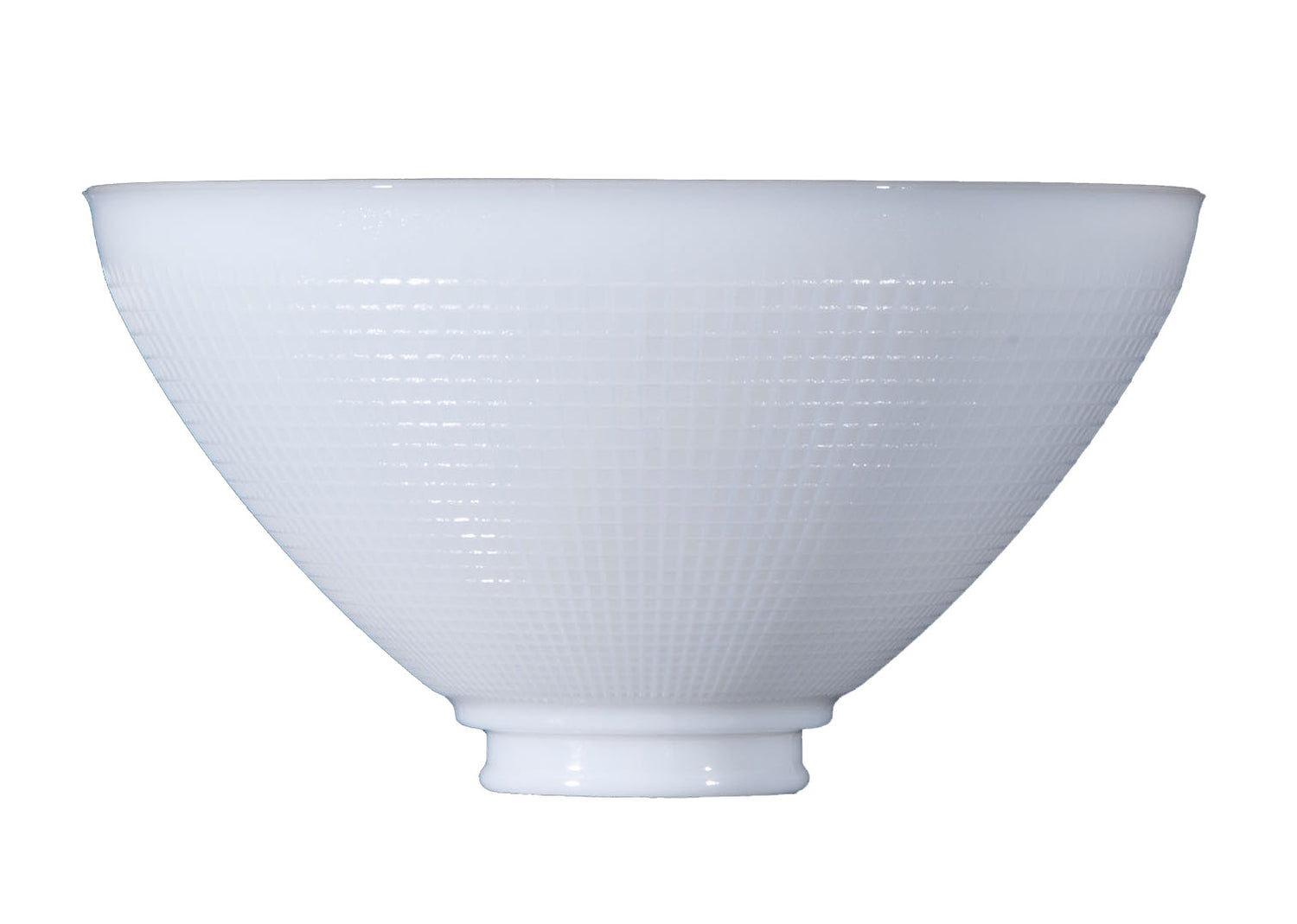Antique Lamp Cord Replacement
Antique lamps have a distinctive charm but finding old-fashioned hardware to make them as good as new again can seem like an uphill battle. Fortunately, Antique Lamp Supply has over 60 years of experience in the lighting business. With our help, a little patience, and the right supplies, you can restore your old lamp to its former glory by replacing its cord. In this guide, we will walk you through the process of antique lamp cord replacement. Before we begin, we must be clear that this guide is intended for collectors and enthusiasts that have a basic understanding of wiring household appliances. You should never attempt to rewire an old-fashioned lamp without professional advice or guidance.
Diagnosing the Issue with a Lamp's Cord
Restoring an old lamp can be rewarding, but some people might not know where to start. Inspect your antique lamp to see whether the cord is split or frayed. A damaged cord can be extremely dangerous, causing sparks, smoke, and even fire. The wire within the cord can also be broken or damaged at a place hidden inside the casing. With the help of a continuity tester, you can determine whether a cord is broken inside. Bad wires need immediate replacement.
Finding the Right Cord Replacement
You can save yourself a lot of time by purchasing a lamp rewiring kit. Most kits come with a socket, cord, and plug to make restoration fast and simple. Lamp repair calls for only a few tools, so you can save without having to send your antique lamp to a lamp repair specialist. You will also need the appropriate cord size before you can begin rewiring.
There are three types of lamp cord, but SPT-1 and SPT-2 are the two most common types on the market. SPT-1 cord is designed with standard insulation. SPT-2 cord is designed with thicker insulation for outdoor use, because UV rays are the biggest threat to electrical cords. SPT ratings represent the thickness of insulation that surrounds the copper wires. SPT-1 wire has an insulation thickness of .030 inches. SPT-2 wire has an insulation of 0.45 inches. Both cord types have a maximum load of seven amps and are available in 16- or 18-gauge sizes. Most lamp fixtures are made with 18-gauge wire, which is measured in the cross-sectional area and signifies the diameter of the wire.
18-gauge cords are rated for a maximum current draw of five amps, which is more than enough to power the typical 120-volt lightbulb. If you decide to buy the cord from our selection or another supplier, you might have the choice of cutting a custom wire length and attaching your own plug or purchasing a precut cord with an attached plug. Some outdoor light fixtures feature a ground terminal, which requires a three-prong plug, a cord with two conducting wires, and a ground wire. If the terminal connectors of your lamp are brass and silver, you will need a polarized plug.
If your lamp requires a polarized plug, this means that the plug has both a small and wide blade to accommodate the different wires. The small blade is designed to prevent shock from the hot wire, whilst the wide blade prevents shock from the neutral wire. Find ribbing or an appropriate marker to identify the neutral side of the wire. Cut or pull the two sides apart and strip off about three quarters of an inch from the insulation. Tightly twist the wires and fasten them to the replacement plug with the neutral wire on the wide-blade side and the hot wire on the small-blade side of the plug. Snap or screw the plug back together.
Replacing an Antique Lamp's Cord
Cord insultation can become stiff and brittle over time, making it necessary to replace the cord right away. Remember to disconnect or unplug the lamp from any source of electricity. Remove the socket shell from the lamp base, prying it so you can cut the wires and remove the socket. Loosen the set screw to remove the socket base. Sever and remove the original cord. Feed the replacement cord up through the lamp's threaded tube and socket base. Connect the new cord to the lamp socket. Most wires are already stripped, but you can strip about half an inch of insulation by using a wire stripper if necessary.
Replacing the cord of your antique lamp isn't as difficult as you might have thought. We also offer replacement cords with specifications other than SPT-1, SPT-1 ½, and SPT-2. If you have any questions about this article, we are here to help. Contact us today for additional information or further assistance.

